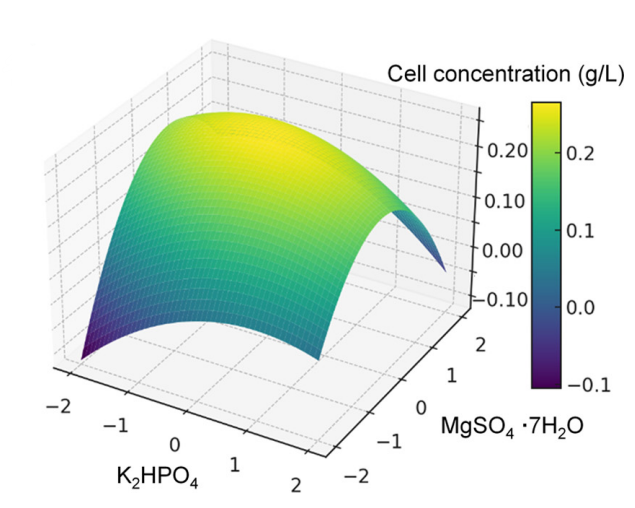2025년 04월 Development, Optimization of Culture Conditions, and Safety Assessment of a Microalgal Bead-based Air Purifier
첨부파일
-
 2025-04 Development, Optimization of Culture Conditions, and Safety Assessment of a Microalgal Bead-based Air Purifier.pdf
(2.2M)
2회 다운로드
DATE : 2025-07-11 11:13:33
2025-04 Development, Optimization of Culture Conditions, and Safety Assessment of a Microalgal Bead-based Air Purifier.pdf
(2.2M)
2회 다운로드
DATE : 2025-07-11 11:13:33
관련링크
본문
Indoor air purification using microalgae is attracting considerable attention worldwide due to changing lifestyles, with people increasingly living indoors (>80%). This study aimed to develop a microalgal bead (MB)-based air purifier for enhanced indoor air quality control and assess the efficiency of a 10-L MB air purifier (ChloChloTM) in removing CO2 and three types of volatile organic compounds (acetaldehyde, formaldehyde, and toluene). Optimal light intensity, temperature, and initial cell density for microalgal growth and CO2 fixation were found to be 300 mol/m2/s, 25oC, and 0.25 g/L, respectively. Additionally, we optimized the components (N, P, and Mg) of BG-11 to improve its properties. Modified BG-11 increased the CO2 fixation rate (21%) and microalgal biomass productivity more than standard BG-11. Particulate matter (PM3.0) and volatile organic compound removal test for 2 h revealed that the established 10-L MB air purifier effectively eliminated up to 32% PM3.0. Its acetaldehyde, formaldehyde, and toluene removal rates were 10, 26, and 15%, respectively. Finally, biomass and culture broth from the air purifier were analyzed for their heavy metal contents and cytotoxicity in human fibroblasts. Notably, both microalgal biomass and culture broth contained lower than the standard levels of heavy metals and did not exhibit any cytotoxicity. Overall, these results highlight the eco-friendly air pollutant removal capacity and applicability of the microalgal biomass and culture broth of our established MB air purifier.









